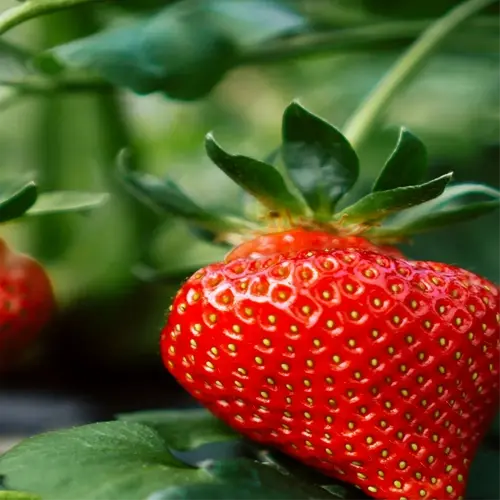How is homegrown tea processed?

Written by
Liu Xiaohui
Reviewed by
Prof. Samuel Fitzgerald, Ph.D.Making your homegrown tea is a process that changes the fresh leaves into highly aromatic teas. For my first batch of tea to be successful, I had to be mindful of the timing, and I picked the leaves in the early morning (ideally before 9 am), I wilted them in the shade for 8 hours. Oxidation levels are the main factor in the determination of tea; [0% = green tea, 30-70% = oolong tea, and 100% = black tea]. I learned to use bamboo trays for drying the tea, they allow for good airflow and scent while drying.
Initial Preparation
- Wilt leaves in shaded, ventilated areas for 6-12hrs
- Gently roll leaves to bruise edges (release enzymes)
- Sort stems and debris using mesh screens
Oxidation Control
- Green tea: Steam/pan-fry immediately to halt oxidation
- Oolong: Ferment in 75°F (24°C) for 2-8hrs
- Black tea: Full oxidation in humid conditions for 72hrs
Final Drying
- Oven-dry at 250°F (121°C) for 20mins
- Dehydrator method: 135°F (57°C) for 4hrs
- Sun-dry only in low-humidity regions (<40% RH)
Local variations of methods occur, for example, while Japanese growers are steaming the leaves to produce sencha, Chinese producers pan-fire the tea to create dragon well . I learned from my mentor in Taiwan to oxidize oolong leaves in woven baskets, flipping the leaves every hour. When dry, store the tea in glass jars with silica packets; my tea from 2022 maintains its flavor after more than 18 months since its production.
Mold Prevention
- Dehumidify drying area below 50% RH
- Use food-grade fans for airflow
- Discard any leaves with white fuzz
Flavor Fixes
- Bitter tea: Reduce oxidation time by 25%
- Flat taste: Increase rolling intensity
- Grassy notes: Extend wilting by 3hrs
Three years (of experimentation) helped to refine the method that I used. A batch I made in 2021 was compromised; since then, I have learned to never skip the wilting process because unevenly dried leaves often create musty flavors. I now use (the) hygrometers to calculate fermentation times and document air, leaf humidity, and temperature changes for each batch for consistency.
Read the full article: How to Grow Tea at Home Successfully

